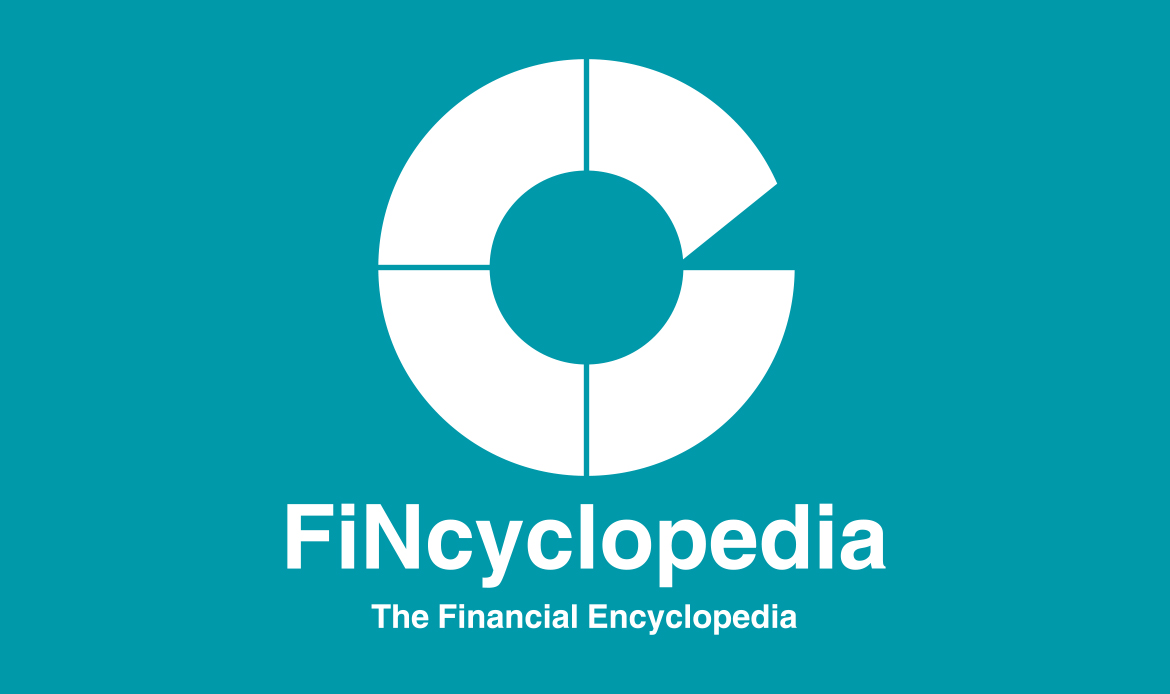The splitting, or treatment, of specific, purported debt instruments into/ as part debt and part equity. For example, the so-called “instrument X convertible notes“ are usually subject to bifurcation treatment under certain cash conversion provisions”, which require separate accounting for the debt and equity components of a convertible debt instrument that may be settled in cash or other types of assets upon conversion. In order to avoid the need to classify such notes as a current liability as of the issuance date, these notes are typically structured to include a conversion feature. Hence, these notes are known as “contingent convertibles” or “CoCos.” If conversion is not triggered as of the balance sheet date, then the notes cannot be classified as a current liability unless their maturity is one year or shorter.
The debt component is reported on the balance sheet as a liability. It is initially recognized at carrying amount of the debt instrument, being the fair value of a comparable debt instrument that has no conversion feature. The excess of the initial proceeds of the notes at the time of issuance over the recognized carrying amount of the initial liability is treated as the equity component of the notes. It is credited to additional paid-in capital in stockholders’ equity (it is technically treated as original issue discount).







